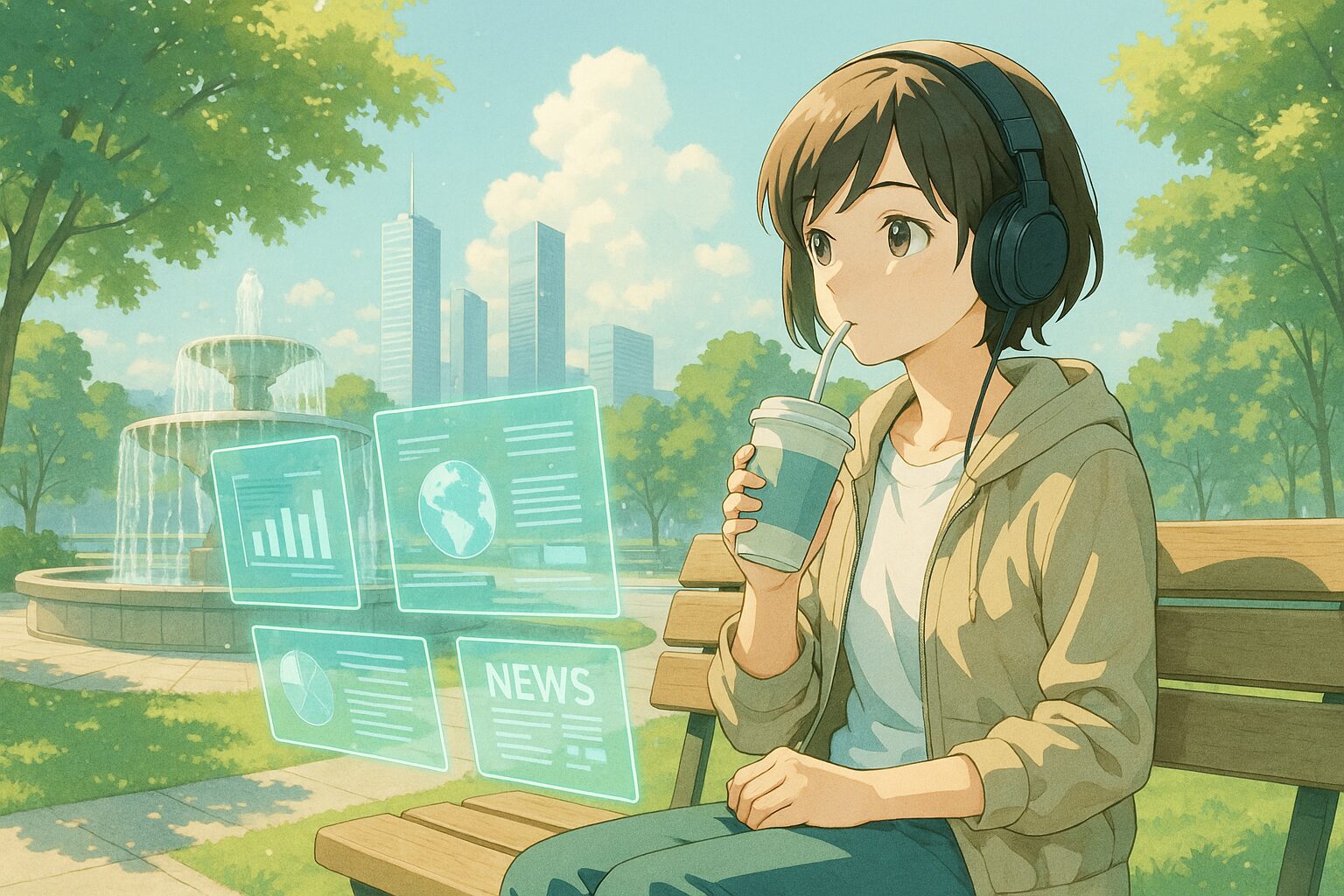How Will AI Change Learning for Students?
The technology of AI is growing, and the way students are taught is expected to change significantly. Now that AI tools not only assist with homework but can also solve real-life problems, what happens if we continue with this trend? What futures can we expect?
1. Today’s News
Source of the quote:
https://www.npr.org/2025/08/06/g-s1-81012/chatgpt-ai-college-students-chegg-study
Summary:
- Students are using AI tools to efficiently complete their homework.
- Available online learning services and teachers are striving to keep up with these changes.
- The proliferation of AI significantly affects the way of learning.
2. Think About the Context
The advancements in AI technology relate to various aspects of our lives. Especially in the education sector, the efficiency offered by AI attracts attention. These changes are supported by the spread of the internet and digital advancements, bringing personalized learning opportunities for students. However, these rapid changes raise new issues regarding the quality of education and ethics. What will the education of the future look like?
3. What Will Tomorrow Be Like?
Scenario 1 (trend): AI Integration Becomes Commonplace
AI will serve as an aide in learning, and students will use AI to answer fundamental questions as a norm. The pace of learning will increase and students will be able to acquire more knowledge. However, reliance on AI might reduce the ability to think independently.
Scenario 2 (positive expectations): AI Will Grow in Education
With the development of AI, personalized learning plans for individual students will become available. Learning at a student’s own pace will be possible, and the quality of education will significantly improve. This will broaden the diversity of learning and introduce new educational methods that encourage creativity and critical thinking.
Scenario 3 (concerns): Human Learning is Diminished
Dependence on AI could reduce students’ engagement and their ability to think independently. If the enhancement of learning efficiency continues, there is a risk that the ability to research information and think for oneself will disappear. Ultimately, the essence of education could decline and the joy of learning could be lost.
4. Suggested Actions
Perspective Tips
- Strive not to rely on AI too much, and remember the importance of having your own thoughts.
- Continue to embrace learning opportunities stemming from new technology, but it’s important to have a critical perspective.
Practical Tips
- When embracing AI, strive to practice developing your own ideas and opinions.
- Share knowledge you have gained in learning environments with others, and create opportunities for discussion to enhance understanding.
5. What Will You Do?
- How will you integrate AI into your learning? How will you use AI while respecting your own way of thinking?
- How do you perceive the changes in education brought about by advancements in AI technology? What vision do you have for tomorrow?
- In learning to use AI, how will you cultivate your humanity?
What future have you envisioned? Please share with us through social media quotes or comments.









